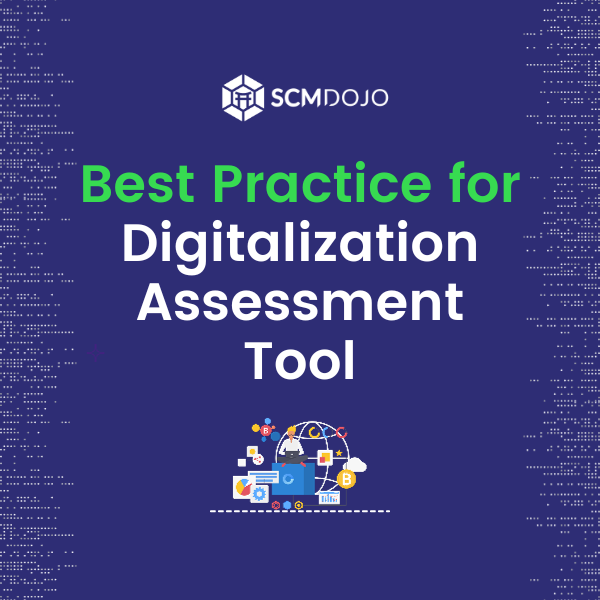ERP System Sucks!
It’s true. If you work in a large enterprise, whether in manufacturing, telecom, automotive or retail, you’d know exactly why ERP systems are not what they are made out to be.
Rather than making your job easier, they make things much, much more difficult and more complex. We are talking about the current ERP systems, of course, the ones you’re familiar with.
The current ERP or Enterprise Resource Planning systems really are nothing more than a grouping of different software modules: Modules such as Sales, Purchasing, Ordering, HR, Inventory, Ticketing, Accounting and Analytics. For me they are mere to inter-relational databases (or simple tables!). Which mostly works with “garbage in, garbage out” philosophy”.
These software modules are connected to each other and link and integrate all of the company’s operations. The ERP allows you to follow the entire product cycle and the supply chain of the company.
The idea of an ERP system sounds good, but in reality, when you actually work with such systems and work with the ERP’s dashboard, and see the hundreds of fields that need to be filled, you wonder if any of that really makes sense.
The sheer complexity of the whole thing is staggering. It’s so easy to get lost and confused even as you try your best to follow the process flow.
Here are 7 Reasons Why the Current ERP System Suck.
1) They are Not smart and Intelligent.
ERP software can be confusing, complex and difficult to work with. The learning curve for ERP users can be pretty sharp. But that’s not what a good software should be about. A good software system should make your tasks easier and simpler, not harder. So one can make the case the current ERP systems are neither smart nor intelligent. Indeed, 50 percent of the features of a current ERP system are hardly ever used.
2) They Don’t Give you Immediate Results.
That’s the bane of most ERP systems – they don’t give you immediate results. It takes a while before the benefits of these systems become clearly visible. This makes it very difficult for the organization to justify the expenditure on a traditional ERP system.
3) They are Not Adoptive.
The current ERP systems are not flexible or adaptive in the sense that they cannot be easily customized according to your requirements. Customizing the system is not easy and requires a tremendous investment of time and labor. Any attempts made to change or improvise on the fixed processes used by the ERP systems could lead to unintended consequences.
4) They are Not Open and Have an Inherent Bias.
Every ERP system comes with a vendor lock-in. These are not open source systems by any means. Once an ERP system is implemented, the company is stuck with a particular vendor and will have to depend on that vendor for any future upgrades or customizations. You cannot change the vendor if you want to. So every ERP system comes with an inbuilt bias – which is another reason why your ERP sucks.
5) They Lack Integration.
For any organization, data integration between various ERP systems is absolutely essential for the workflow. But this is not so easy to implement. The current ERP platforms of today are essentially a grouping of unnecessarily bloated software modules, many of which have no connection to one another. The lack of integration makes these systems difficult to implement.
6) They Don’t Have a Decent User Interface, Especially on the Mobile.
Have you seen an ERP dashboard? It’s fair to say the user interface of these systems sucks, especially on the mobile. It’s very difficult to translate the complexity of these systems into an easily accessible form on a mobile app. This can be an issue in the modern-day environment, where much of the work is now done on smartphones or tablets.
7) They are Expensive.
Last, but not least, the current ERP systems are expensive. The ERP software has sizeable upfront costs. The hardware is not cheap either. Then you have to worry about the massive fees related to the implementation. It’s very difficult to set a budget for these systems or a fixed timeline. There is every chance that what you end up paying for setting up a traditional ERP system at your organization will be much higher than what was originally budgeted for.
Well, that’s why the current ERP sucks. You can do better. Click here to find out how!
Recommended Supply Chain Guides
-
Excess and Obsolete Inventory Policy Guide
-
5S – Kaizen Guide: Organizing the Workplace for Flow
-
Stocktaking: The Ultimate Guide (Stocktaking Procedure)
-
Materials Management Competencies Assessment
Get your Materials Management Competency Assessment Tool Now -
Six Sigma Project Examples to Get You Certified
About the Author- Dr Muddassir Ahmed
Dr MuddassirAhmed is the Founder & CEO of SCMDOJO. He is a global speaker, vlogger and supply chain industry expert with 17 years of experience in the Manufacturing Industry in the UK, Europe, the Middle East and South East Asia in various Supply Chain leadership roles. Dr. Muddassir has received a PhD in Management Science from Lancaster University Management School. Muddassir is a Six Sigma black belt and founded the leading supply chain platform SCMDOJO to enable supply chain professionals and teams to thrive by providing best-in-class knowledge content, tools and access to experts.
You can follow him on LinkedIn, Facebook, Twitter or Instagram






